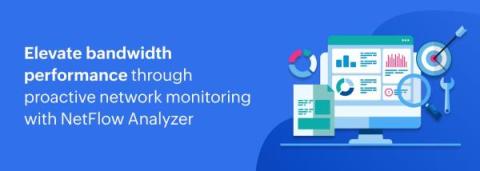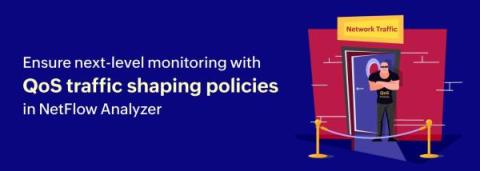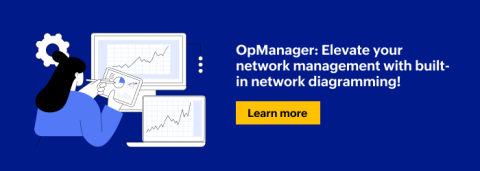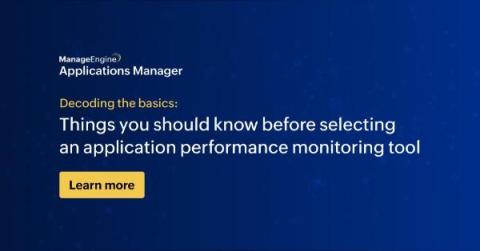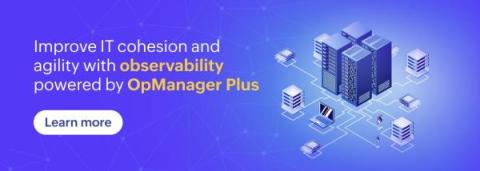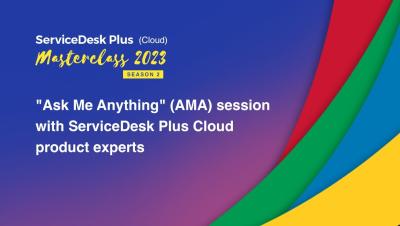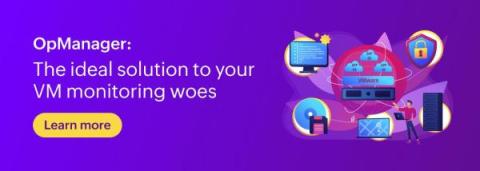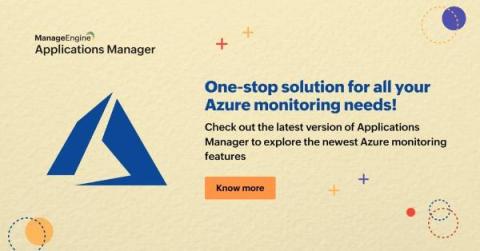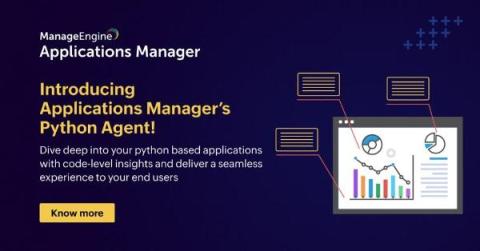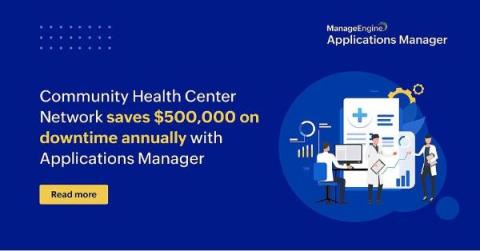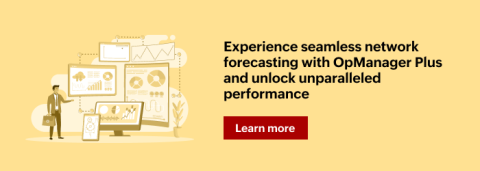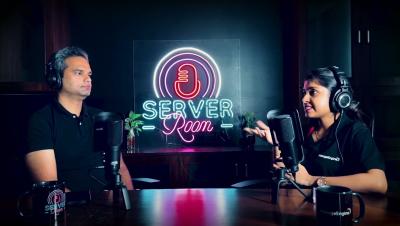Operations | Monitoring | ITSM | DevOps | Cloud
December 2023
Top tips: 4 must-know IT budgeting tips revealed
Unveil how network traffic monitoring enhances network performance with NetFlow Analyzer
Prioritize network bandwidth performance with NetFlow Analyzer's QoS traffic shaping strategies
Navigating network complexity with OpManager, the network diagram tool you need
Modern solutions for modern problems: Santa & Co. save the holiday season with the latest trends
Key considerations when choosing the right application performance monitoring tool for your business
How CloudSpend helps reduce the costs associated with your AWS Spot Instances
From complexity to cohesion: OpManager Plus brings IT teams together through observability
S2E5: Ask Me Anything" (AMA) session with ServiceDesk Plus Cloud product experts - Masterclass 2023
S2E5: "Ask Me Anything" (AMA) session with ServiceDesk Plus product experts - Masterclass 2023
Real-time server traffic monitoring: Benefits, best practices, and NetFlow Analyzer
Achieve proactive VM performance management with OpManager
Virtualization and the creation of many virtual machines (VMs) within the same infrastructure was the solution organizations came up with when faced with expansive, expensive networks that needed more hardware and thus more capital expenditure to host applications. While they resolved the bigger pain points, VMs still have to be monitored as they are heavy on resource usage.
Manage IPs and switch ports with OpManager MSP's new IPAM and SPM add-on
Applications Manager extends support for new Azure services!
Applications Manager now supports Python applications!
Applications Manager helps Community Health Center Network provide excellent, affordable care underserved communities
Top tips: 4 innovative ways IoT today can keep the doctor away
Top tips is a weekly column where we highlight what’s trending in the tech world and list ways to explore these trends. This week we’re looking at four revolutionary ways IoT is transforming healthcare. The past four years have brought about a series of unprecedented events that challenged our worldview, our lifestyle, and most importantly, how we view healthcare.
Unlock the power of network forecasting with machine learning
In the dynamic world of IT, traditional network monitoring approaches are no longer sufficient to manage the complexities of today’s networks—be they wired or wireless. To stay ahead of network events, IT administrators must shift from being reactive to adopting a proactive stance. This transition involves a comprehensive approach to network monitoring that includes forecasting future network requirements with the help of machine learning (ML) technology.
Decoding routing outages: 7 tips for safeguarding your network connectivity
Network outages have become a dreaded reality, disrupting businesses, personal lives, and communication channels. While no network is immune to this unfortunate event, the recent Australian telecom outage serves as a stark reminder of the impact such disruptions can have. The outage, which lasted for several hours, caused nationwide disruptions to Australian businesses, essential services, and daily life.




